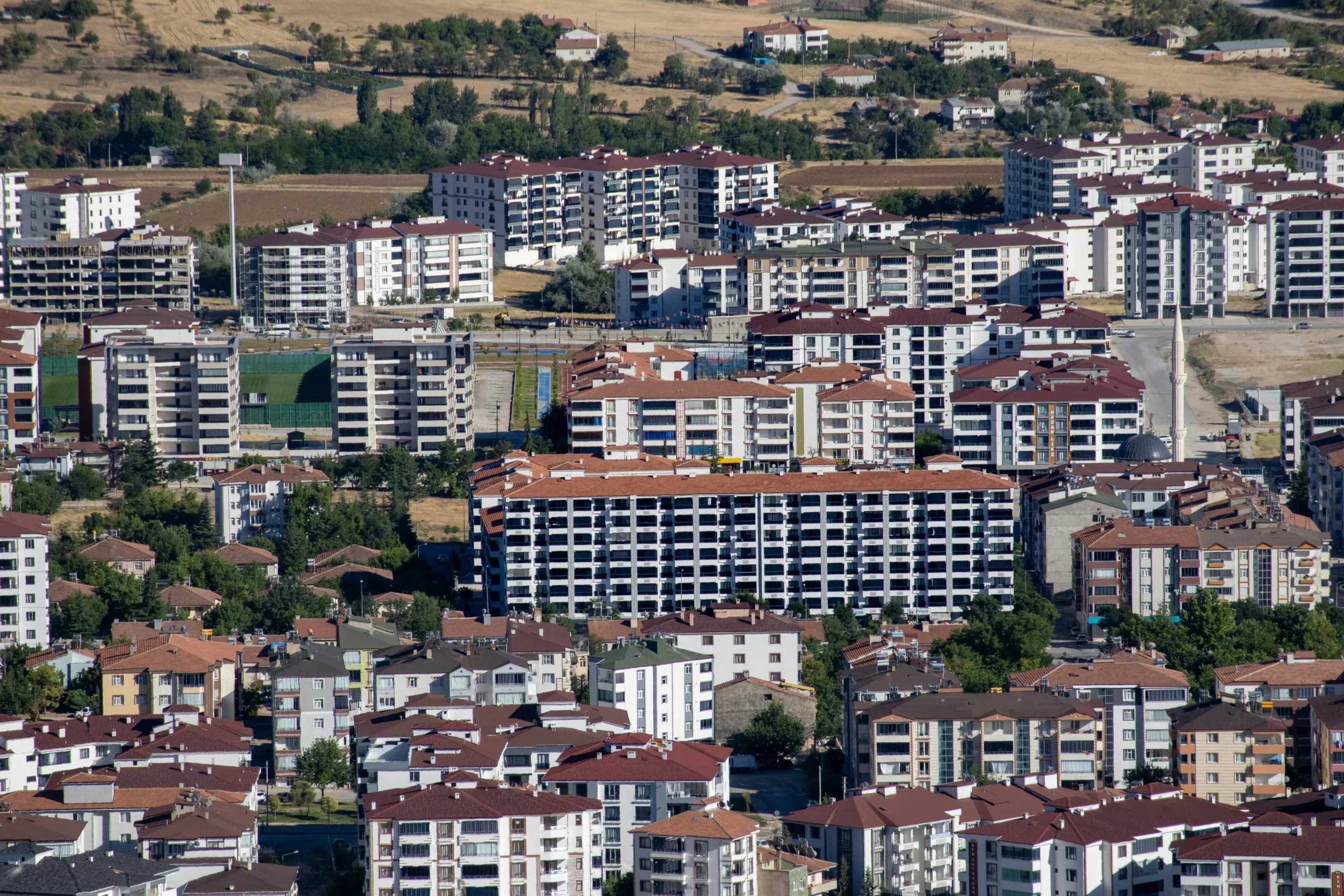- A classic bear steepener—rising long-term rates with static short-term rates—is reshaping the commercial real estate (CRE) investment landscape.
- CRE deal flow is slowing as cap rates begin to drift upward, reopening the buyer-seller valuation gap and prompting underwriters to get more selective.
- Duration risk has returned, pushing investors toward cash-flow stability, patient capital, and less reliance on aggressive refinancing strategies.
Rising Yields Bring Back Duration Risk
Globe St reports that in the latest phase of the Federal Reserve’s inflation-fighting campaign, long-term Treasury yields have jumped sharply—even as short-term rates held steady. The result: a bear steepener, a shift that directly impacts CRE pricing, particularly for assets dependent on tight cap rate spreads or leveraged short-hold strategies.
According to Trepp’s Stephen Bush, the movement on the long end of the yield curve has reawakened investors to “duration still biting,” referencing the renewed risks that come with locking into long-duration assets in a rising rate environment. The 10-year/2-year Treasury spread widened by roughly 15–16 basis points in the past week—just one sign of growing investor anxiety.
Deal Activity Feels the Pressure
The steepening yield curve has added friction to a market already struggling with valuation mismatches. Even though sellers have reduced expectations since the Fed started raising rates, the recent spike in long-term yields is causing the gap to widen again.
Bush noted that the previously narrowing bid-ask spread could widen again, suggesting a return to dealmaking gridlock—especially in sectors where value hinges on future growth or refinancing.
Lenders, meanwhile, are tightening up. Every projection—NOI, rent growth, exit cap rates—is under scrutiny, with capital now favoring stability over speed. Value-add and opportunistic plays that need cheap refinancing or bullish market assumptions are no longer “penciling,” according to Trepp’s analysis.
Get Smarter about what matters in CRE
Stay ahead of trends in commercial real estate with CRE Daily – the free newsletter delivering everything you need to start your day in just 5-minutes
Cap Rates, Capital, and a Flight to Quality
Higher long-term rates are putting upward pressure on cap rates, albeit with a lag. While core assets with strong tenants may continue to attract capital, more speculative properties are struggling to secure financing or close at favorable terms.
The market is shifting decisively toward conservative underwriting and recession-resilient business models. “Patient capital, durable cash flows and business plans with multiple off ramps” are what investors should prioritize, Bush emphasized.
Looking Ahead: Volatility Is the New Constant
With the Fed unlikely to ease policy in the near term, the commercial real estate market must prepare for ongoing volatility. Deal activity could stall as market participants reassess risk, and transitional financing becomes a tougher sell.
As duration risk returns to the forefront, the cost of capital is once again a central—and moving—target. CRE investors and operators who fail to adapt their models in real time risk falling behind as both policy and market expectations shift into 2026.

















